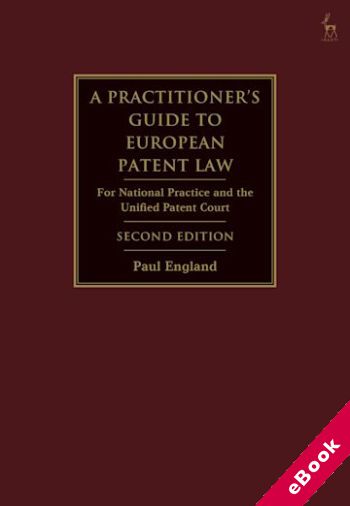
The device(s) you use to access the eBook content must be authorized with an Adobe ID before you download the product otherwise it will fail to register correctly.
For further information see https://www.wildy.com/ebook-formats
Once the order is confirmed an automated e-mail will be sent to you to allow you to download the eBook.
All eBooks are supplied firm sale and cannot be returned. If you believe there is a fault with your eBook then contact us on ebooks@wildy.com and we will help in resolving the issue. This does not affect your statutory rights.
This new edition is a comprehensive and practical guide to European patent law – a 'ius commune'. The book highlights the areas of consistency and difference between the most influential European patent law jurisdictions: the European Patent Office, England and Wales, France, Germany, and the Netherlands. The book also draws insights from further afield, with contributions from other, very active, patent jurisdictions, including Belgium, Italy, Spain, Sweden, Denmark, and Switzerland.
Uniquely, the book addresses European patent law by subject matter area, assessing the key national and EPO approaches together rather than nation by nation. Each chapter outlines the common ground between the national approaches and provides a guide for the possible application of European patent law in national courts and the UPC in the future.
In addition to featuring content on new countries, the second edition includes new chapters dedicated to the substantive aspects of FRAND, declarations, and evidence. There is also an expanded commentary on construction, including common terms used in patent claims. A must-read for anyone working in the field of European patent law.